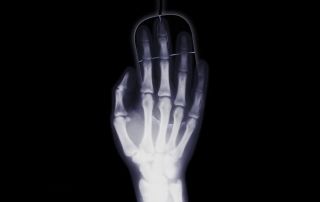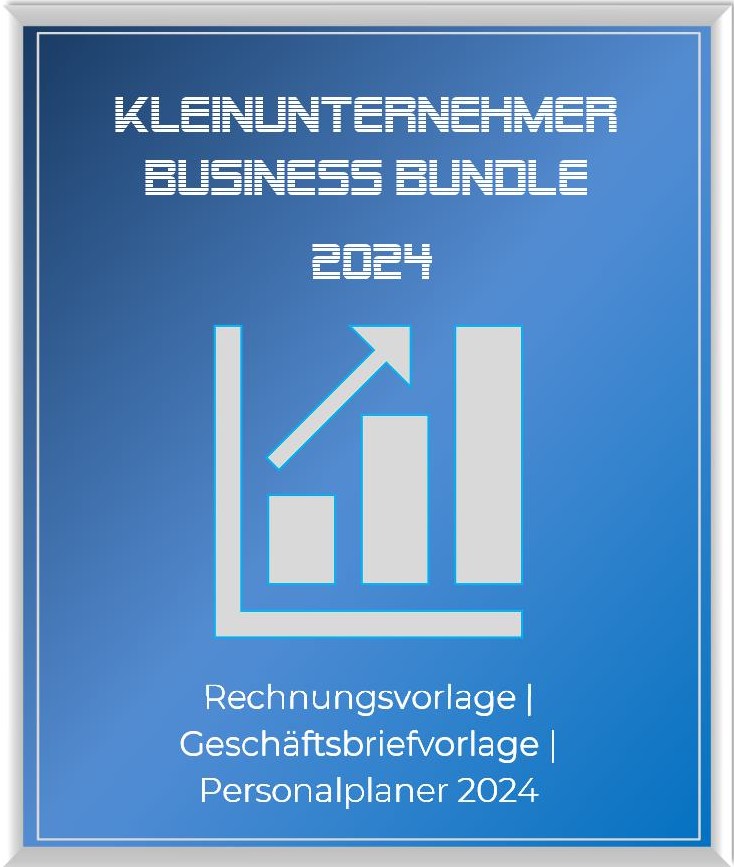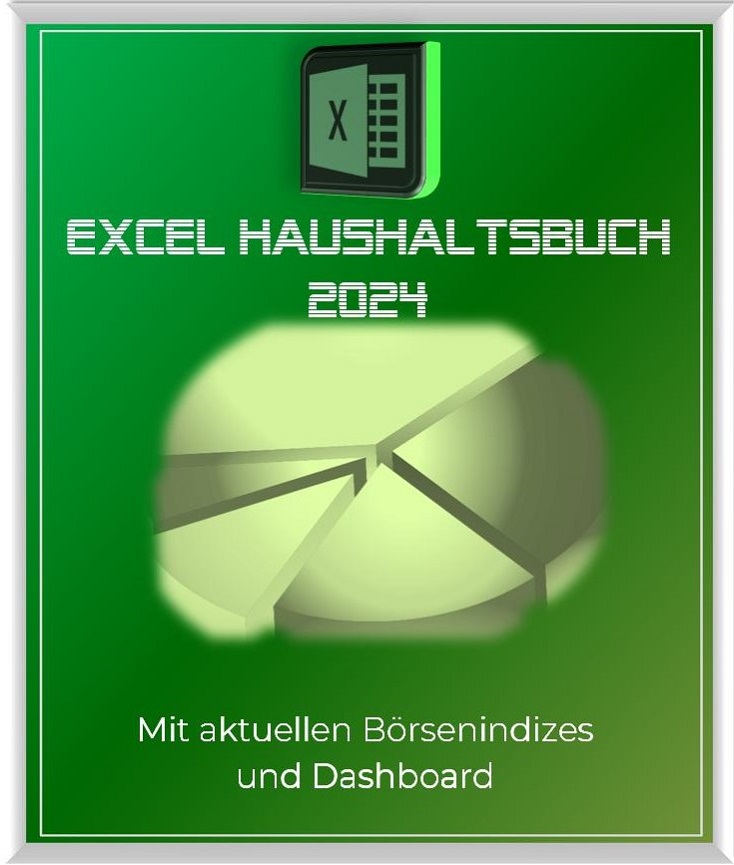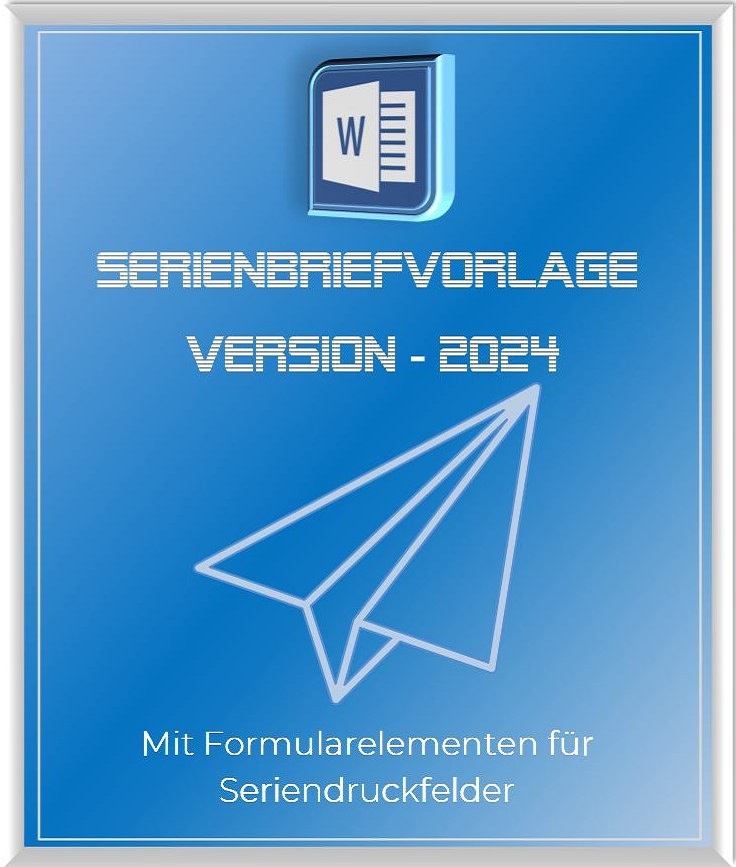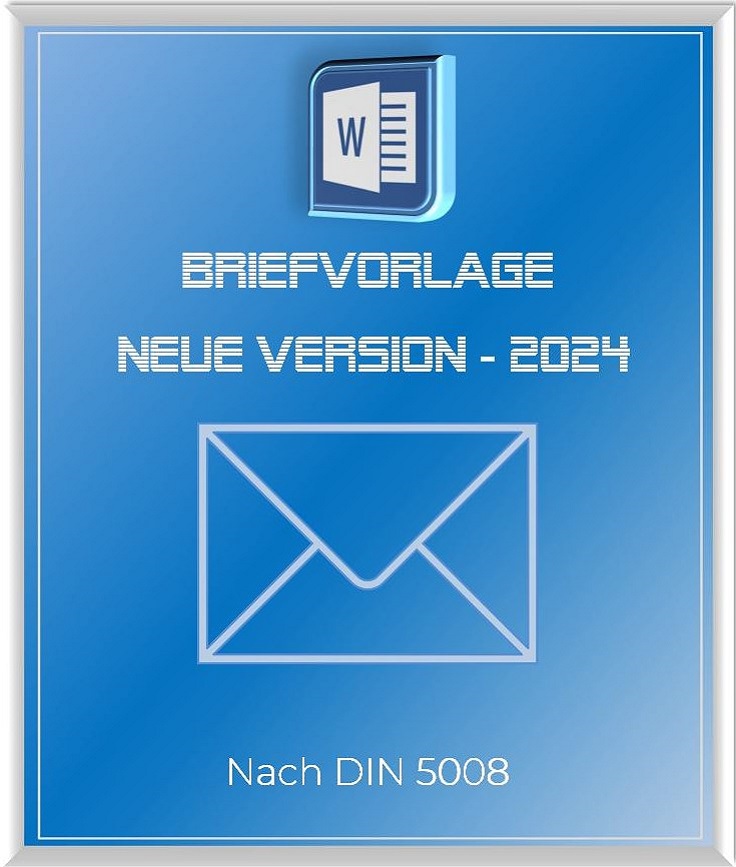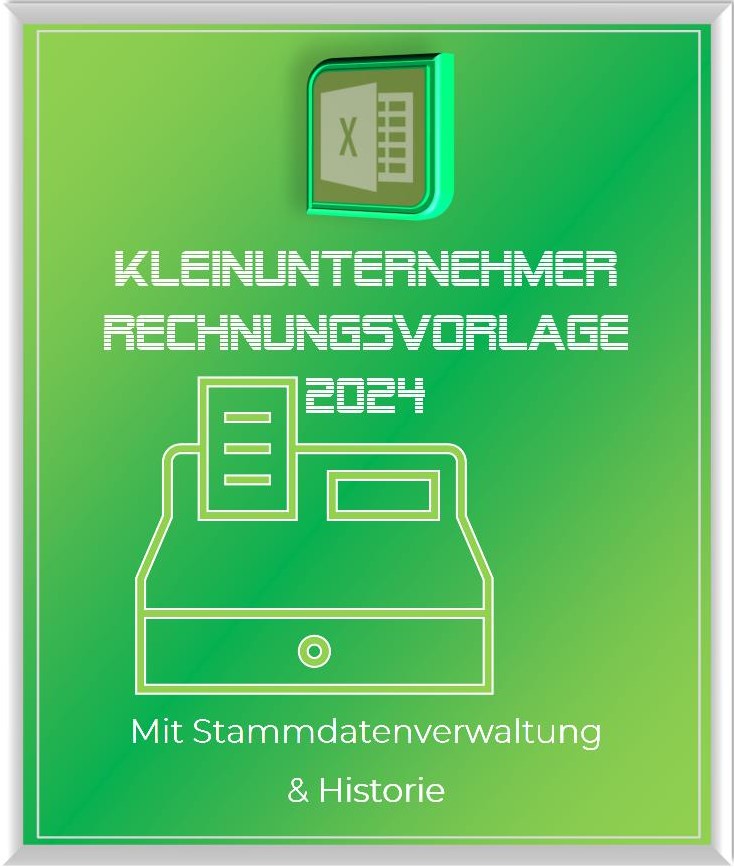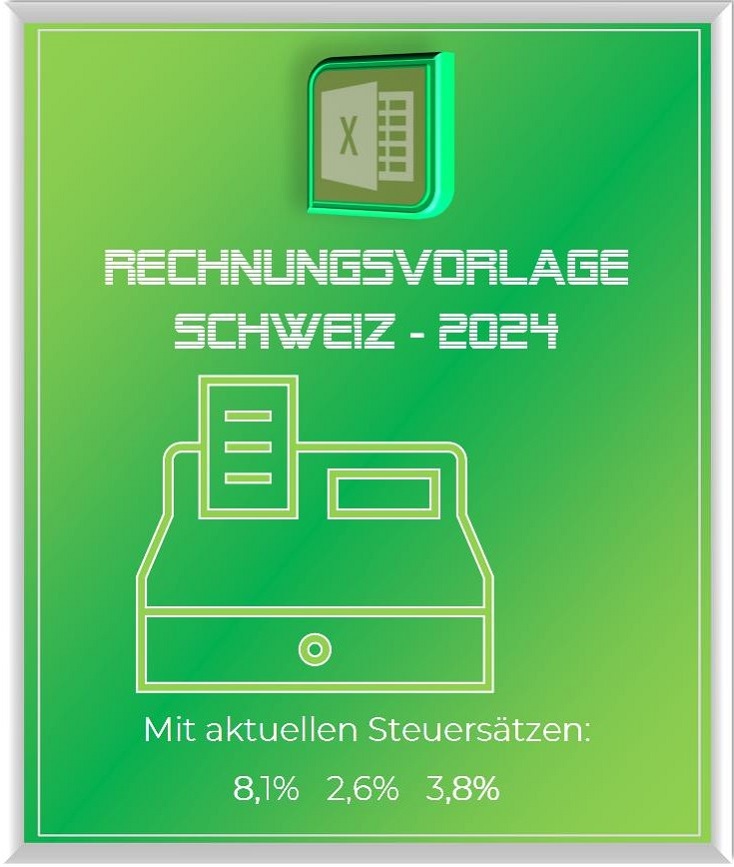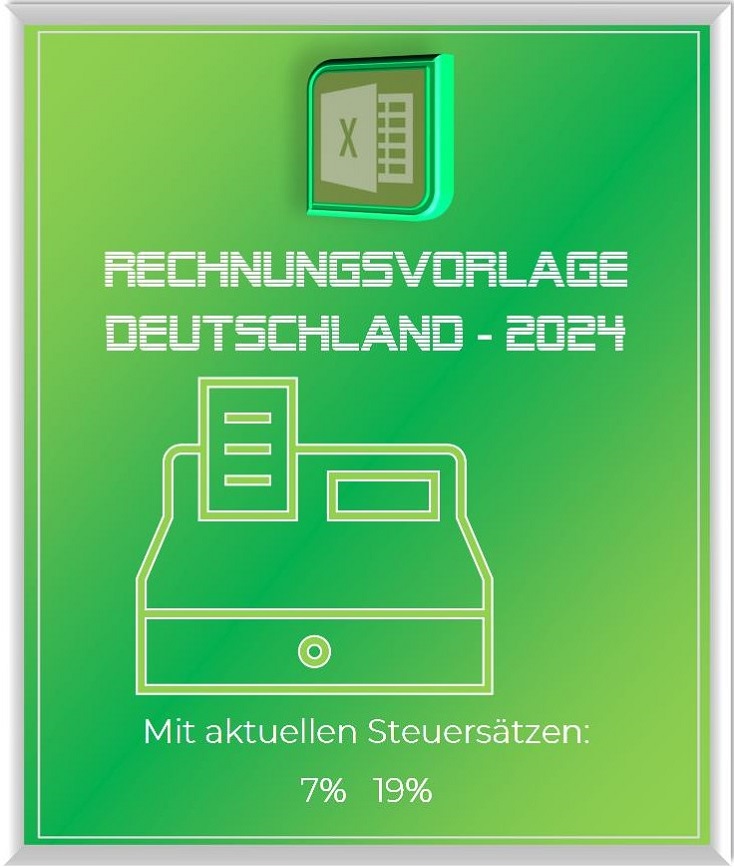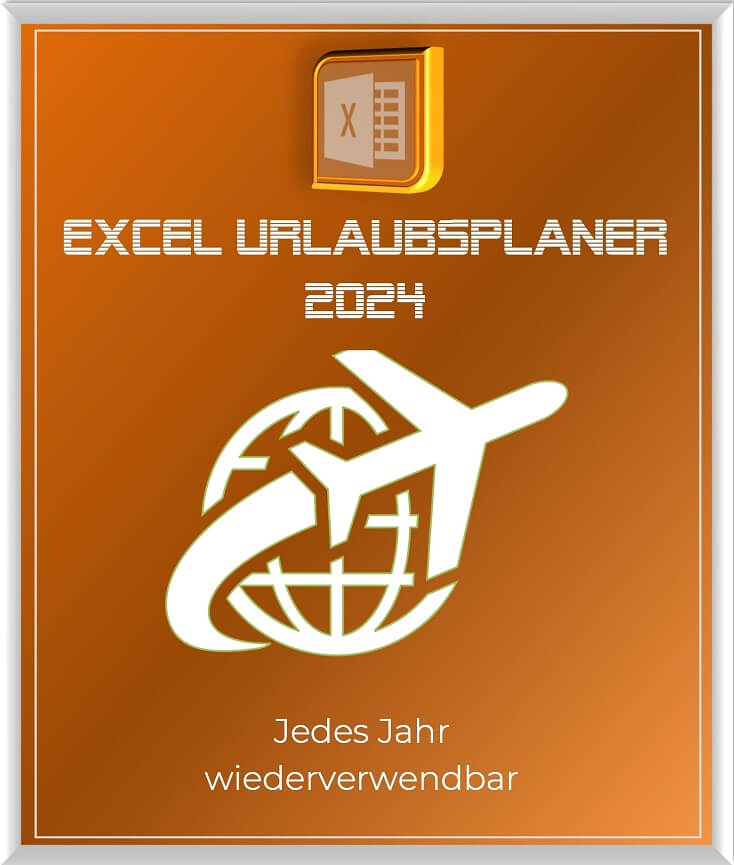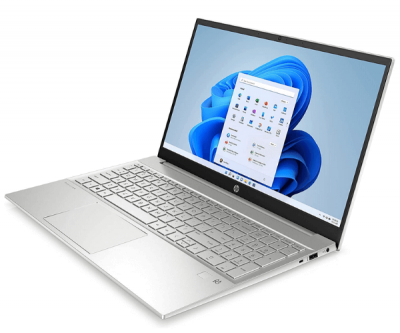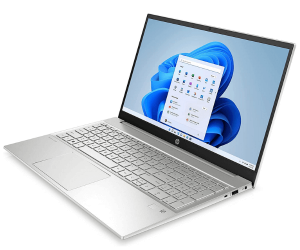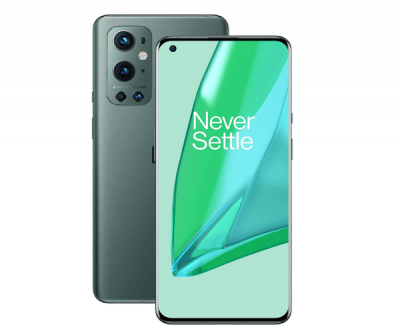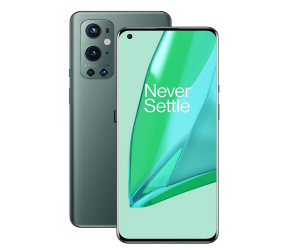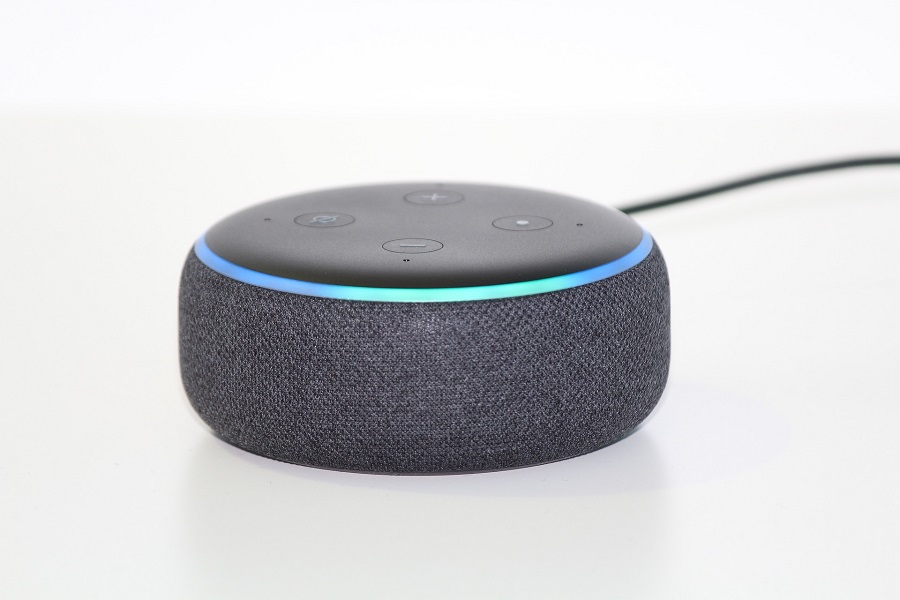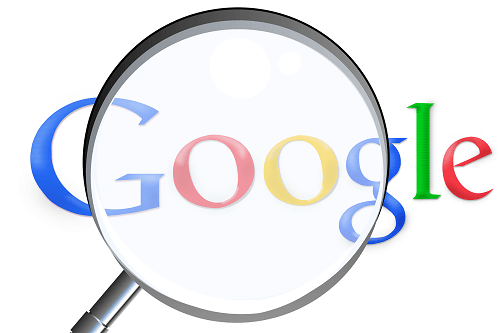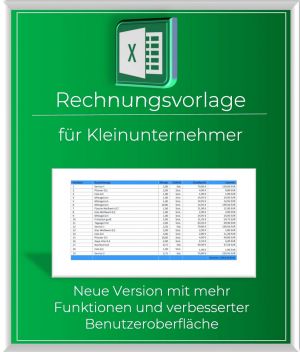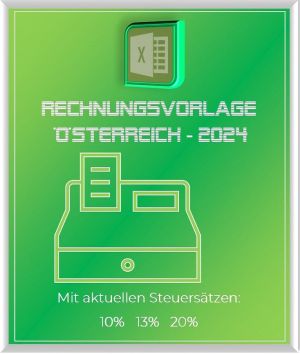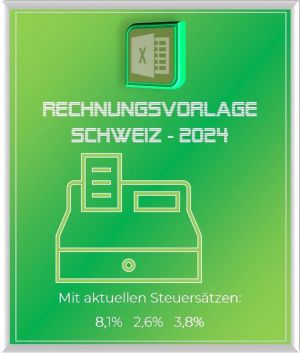From multiplication table to artificial intelligence
A humorous journey through the computer age
There you are with the latest ultra-thin, probably lighter-than-air and faster-than-light laptop in front of you, and I daresay you have no idea how far we’ve come. The computer age is a journey through time full of colorful characters, brilliant minds and a lot of “Aha!” moments. Without further ado, buckle up and prepare for a roller coaster ride of technological evolution.
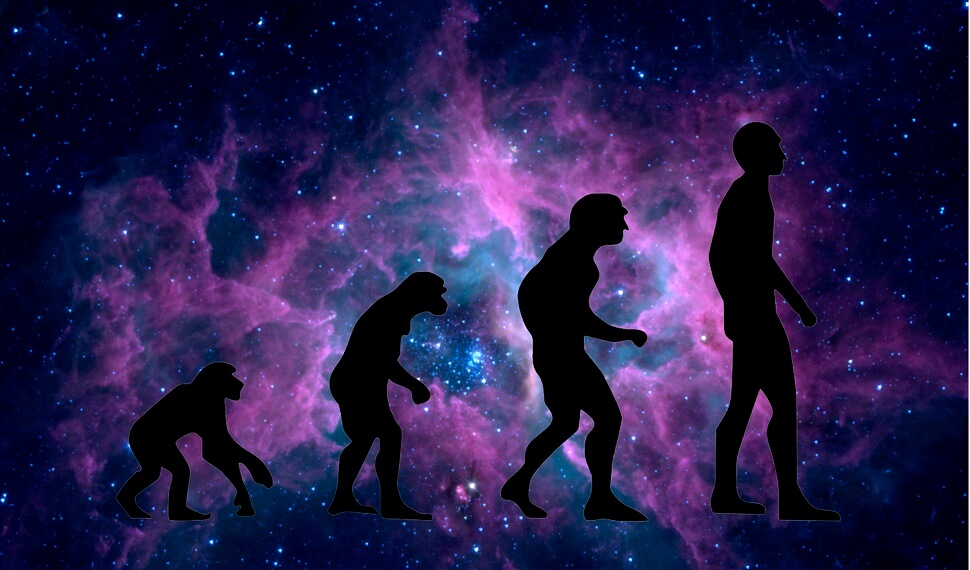
From multiplication table to artificial intelligence
A humorous journey through the computer age
There you are with the latest ultra-thin, probably lighter-than-air and faster-than-light laptop in front of you, and I daresay you have no idea how far we’ve come. The computer age is a journey through time full of colorful characters, brilliant minds and a lot of “Aha!” moments. Without further ado, buckle up and prepare for a roller coaster ride of technological evolution.

Abacus vs. calculator: Contest of millennia
Abacus vs. calculator: Contest of millennia
Prepare yourselves, friends of mathematics and lovers of ancient arithmetic! The greatest challenge of the 21st century is imminent: a competition between the world’s oldest arithmetic tool, the abacus (also called slide rule), and the smart and sleek calculator.
First was the abacus
It all began in the depths of a dusty antique chest, where an abacus slumbered, unnoticed for centuries, until one day it was brought to light. “I’ve always been a fan of retro technologies“, says Prof. Dr. Ada Rithmus, who discovered the abacus. “But when I found this relic from a long-forgotten time, I couldn’t believe my luck.”
She wanted to know how the abacus would fare against modern pocket calculators. This was the beginning of the great contest that excited mathematical circles worldwide.
- On one side of the ring: the abacus. Proven for thousands of years, a marvel of the ancient world adorned with wooden beads and exuding the charm of its historical lineage. Its “operating system”? The user’s nimble fingers and sharp mind.
- On the other side: the calculator. Small, compact, powerful and packed with the latest technology. With its digital display and slim keys, it is the undisputed master of modern computing.
“It’s like pitting a caveman against a robot in a game of chess,” comments one math-loving viewer. “I can’t wait to see who will win.”
But let’s not forget that despite its old-fashioned mechanics, the abacus still holds an important place in our technology age. It is an educational tool for children and even adults to learn the basics of arithmetic. And sometimes a bit of retro charm is just what you need to keep things interesting!
A little side note: In the event of a power outage, the calculator packs up. But the abacus? It just needs the capable hands of a skilled operator. After all, it has already survived several thousand years without a power source!
Prepare yourselves, friends of mathematics and lovers of ancient arithmetic! The greatest challenge of the 21st century is imminent: a competition between the world’s oldest arithmetic tool, the abacus (also called slide rule), and the smart and sleek calculator.
First was the abacus
It all began in the depths of a dusty antique chest, where an abacus slumbered, unnoticed for centuries, until one day it was brought to light. “I’ve always been a fan of retro technologies“, says Prof. Dr. Ada Rithmus, who discovered the abacus. “But when I found this relic from a long-forgotten time, I couldn’t believe my luck.”
She wanted to know how the abacus would fare against modern pocket calculators. This was the beginning of the great contest that excited mathematical circles worldwide.
- On one side of the ring: the abacus. Proven for thousands of years, a marvel of the ancient world adorned with wooden beads and exuding the charm of its historical lineage. Its “operating system”? The user’s nimble fingers and sharp mind.
- On the other side: the calculator. Small, compact, powerful and packed with the latest technology. With its digital display and slim keys, it is the undisputed master of modern computing.
“It’s like pitting a caveman against a robot in a game of chess,” comments one math-loving viewer. “I can’t wait to see who will win.”
But let’s not forget that despite its old-fashioned mechanics, the abacus still holds an important place in our technology age. It is an educational tool for children and even adults to learn the basics of arithmetic. And sometimes a bit of retro charm is just what you need to keep things interesting!
A little side note: In the event of a power outage, the calculator packs up. But the abacus? It just needs the capable hands of a skilled operator. After all, it has already survived several thousand years without a power source!
ENIAC and the birth of modern computers
ENIAC and the birth of modern computers
“The baby weighs 30 tons!” No, don’t worry, we’re not talking about some mysterious biological marvel. The “infant” we celebrate has more to do with transistors and tubes than diapers and pacifiers. Welcome to the era of the Electronic Numerical Integrator and Computer (ENIAC) – dem Child prodigy that ushered us into the age of modern computers.
ENIAC was the first child of John Mauchly and J. Presper Eckert. No, they are not divine beings, but brilliant engineers who gave birth to the supercomputer that paved the way for our devices today – from pocket calculators to the supercomputer that provides the current weather forecast.
In the winter of 1946, ENIAC was born. Weighing around 30 tons, 2,400 square feet and boasting 18,000 vacuum tubes, ENIAC made more noise than a baby in the night. And his “diet”? Well, let’s not talk about it – a small part of town could have been powered by the electricity that ENIAC gobbled up!
The amazing thing about ENIAC, however, was not its size or appetite, but its speed. With its ability to do about 5,000 additions per second (which is roughly 0.005 MHz), ENIAC put every human “computer” – that’s what people who performed arithmetic operations were called – in their pockets. Though its speed is now surpassed even by a pocket calculator, it was absolutely revolutionary in its day.
“Compared to ENIAC, our modern computers look like emaciated mice. They’re small, light, energy efficient, and powerful. But don’t be fooled – they’re running the same blood as in ENIAC. They share the DNA of digital computation and store the offspring of a technological revolution.”
ENIAC may deserve a place in a museum, but we should give it more than a respectful look. It deserves our appreciation, our wonder, our laughter and – yes – our love. Because without ENIAC we would not be where we are today. We couldn’t tweet, google, stream or gamble. We wouldn’t stare at a glowing rectangle and wonder how we could ever live without it.
So, with that in mind, let’s raise our glasses (or should I say our silicon chips?) to ENIAC – the innocent giant who changed the world. And the next time your smartphone downloads an update, remember – it’s a direct descendant of the 30-ton baby that saw the light of day more than 75 years ago. Cheers, ENIAC!
“The baby weighs 30 tons!” No, don’t worry, we’re not talking about some mysterious biological marvel. The “infant” we celebrate has more to do with transistors and tubes than diapers and pacifiers. Welcome to the era of the Electronic Numerical Integrator and Computer (ENIAC) – dem Child prodigy that ushered us into the age of modern computers.
ENIAC was the first child of John Mauchly and J. Presper Eckert. No, they are not divine beings, but brilliant engineers who gave birth to the supercomputer that paved the way for our devices today – from pocket calculators to the supercomputer that provides the current weather forecast.
In the winter of 1946, ENIAC was born. Weighing around 30 tons, 2,400 square feet and boasting 18,000 vacuum tubes, ENIAC made more noise than a baby in the night. And his “diet”? Well, let’s not talk about it – a small part of town could have been powered by the electricity that ENIAC gobbled up!
The amazing thing about ENIAC, however, was not its size or appetite, but its speed. With its ability to do about 5,000 additions per second (which is roughly 0.005 MHz), ENIAC put every human “computer” – that’s what people who performed arithmetic operations were called – in their pockets. Though its speed is now surpassed even by a pocket calculator, it was absolutely revolutionary in its day.
“Compared to ENIAC, our modern computers look like emaciated mice. They’re small, light, energy efficient, and powerful. But don’t be fooled – they’re running the same blood as in ENIAC. They share the DNA of digital computation and store the offspring of a technological revolution.”
ENIAC may deserve a place in a museum, but we should give it more than a respectful look. It deserves our appreciation, our wonder, our laughter and – yes – our love. Because without ENIAC we would not be where we are today. We couldn’t tweet, google, stream or gamble. We wouldn’t stare at a glowing rectangle and wonder how we could ever live without it.
So, with that in mind, let’s raise our glasses (or should I say our silicon chips?) to ENIAC – the innocent giant who changed the world. And the next time your smartphone downloads an update, remember – it’s a direct descendant of the 30-ton baby that saw the light of day more than 75 years ago. Cheers, ENIAC!
Ada Lovelace and Charles Babbage
Ada Lovelace and Charles Babbage
In an era of quills and horse-drawn carriages, two minds combined in a dynamic duo that took the computing world by storm before it even existed. Meet Ada Lovelace and Charles Babbage, two personalities who were as different as chalk and cheese, and yet laid the foundation for the modern information society. If this isn’t sitcom material, then we don’t know what is!
By the way: Many of you may have heard the term “Ada Lovelace” in the context of the GPU architecture of the same name from NVIDIA. Now you know where the term comes from.
The forefather of the computer
Charles Babbage, often referred to as the “Father of the Computer“, was a brilliant but eccentric British inventor. Imagine a Doc Brown from Back to the Future but with less hair and more pencils. Babbage developed the plans for his differencemachine and later the analytic machine, mechanical forerunners our modern computers. Still, he could never find enough money to fully build these machines – he was probably too busy counting pigeons in his garden (no joke, he actually did that).
Then came Ada Lovelace, daughter of the famous poet Lord Byron. With a mother who encouraged her to pursue mathematical studies to balance her “dangerous poetic genes“, Lovelace developed a passion for mathematics and logic. You could say she was the Leonard to Babbage’s Sheldon. She saw the potential in Babbage’s analytical engine and authored what many believe to be the first computer program code.
Babbage had the machine. Lovelace had the vision.
Together they formed a partnership that still has repercussions today. It wasn’t always easy – imagine a time when “troubleshooting” literally meant removing bugs from the cogs of the machine! Yet, amidst their differences and Victorian etiquette, they managed to maintain a friendship and professional working relationship.
Amid the frustrations and delays they have faced, Lovelace and Babbage have secured their place in history. At a time when computers were still in the stars, they managed to take the first steps towards getting there – and with a sense of humor and human warmth that is often lost in the footnotes of history. So we raise our glasses (or, in Babbage’s case, doves) to Ada Lovelace and Charles Babbage, the hilarious duo of Victorian calculators.
In an era of quills and horse-drawn carriages, two minds combined in a dynamic duo that took the computing world by storm before it even existed. Meet Ada Lovelace and Charles Babbage, two personalities who were as different as chalk and cheese, and yet laid the foundation for the modern information society. If this isn’t sitcom material, then we don’t know what is!
By the way: Many of you may have heard the term “Ada Lovelace” in the context of the GPU architecture of the same name from NVIDIA. Now you know where the term comes from.
The forefather of the computer
Charles Babbage, often referred to as the “Father of the Computer“, was a brilliant but eccentric British inventor. Imagine a Doc Brown from Back to the Future but with less hair and more pencils. Babbage developed the plans for his differencemachine and later the analytic machine, mechanical forerunners our modern computers. Still, he could never find enough money to fully build these machines – he was probably too busy counting pigeons in his garden (no joke, he actually did that).
Then came Ada Lovelace, daughter of the famous poet Lord Byron. With a mother who encouraged her to pursue mathematical studies to balance her “dangerous poetic genes“, Lovelace developed a passion for mathematics and logic. You could say she was the Leonard to Babbage’s Sheldon. She saw the potential in Babbage’s analytical engine and authored what many believe to be the first computer program code.
Babbage had the machine. Lovelace had the vision.
Together they formed a partnership that still has repercussions today. It wasn’t always easy – imagine a time when “troubleshooting” literally meant removing bugs from the cogs of the machine! Yet, amidst their differences and Victorian etiquette, they managed to maintain a friendship and professional working relationship.
Amid the frustrations and delays they have faced, Lovelace and Babbage have secured their place in history. At a time when computers were still in the stars, they managed to take the first steps towards getting there – and with a sense of humor and human warmth that is often lost in the footnotes of history. So we raise our glasses (or, in Babbage’s case, doves) to Ada Lovelace and Charles Babbage, the hilarious duo of Victorian calculators.
Commodore 64: The golden child of the computer world
Commodore 64: The golden child of the computer world
In the turbulent cosmos of computer history, it is a generally accepted truth that the Commodore 64 – affectionately known as the “C64” – was the “golden child” of the 1980s. With a whopping 64 kilobytes of memory (an unbelievable amount for the time) and a processor speed just faster than a sleeping sloth, the C64 turned the lives of many computer enthusiasts and techies around the world upside down.
The era of the C64 was a time when game loading times were measured during coffee breaks and when the “blue screen of death” was still in its infancy. Ah, the good old days! Who doesn’t remember the magic of typing BASIC lines for hours only to end up having a pixelated square dance across the screen? It was certainly an era of triumph, perseverance and pixel love.
“It’s amazing to think about how we’ve gone from the massive hardware of the C64 to the ultra-thin laptops and smartphones in our pockets. Today we’re storing gigabytes of information in the cloud, an idea that would have been as alien at the time as an alien playing Tetris.”
When the monitor became the playground…
And let’s take a look at the C64’s games! From “The Oregon Trail,” where you faced the unrelenting reality of dysentery death, to “Space Invaders,” where you spent hours shooting down pixelated aliens, these were the days of pure, unadulterated fun! Some might argue that the gameplay of yesteryear can’t compete with the ultra-realistic, immersive 3D worlds of today, but there’s no denying the nostalgic beauty of these games.
In the midst of our hectic, technology-driven world, the C64 seems like an endearing but slightly shaggy dog that somehow managed to win a race against purebred greyhounds. Despite its limitations, this little powerhouse captured the hearts and minds of its time and surely earned a place in history.
Yes, the Commodore 64 may be obsolete on paper. But in our hearts? Never! It remains the “golden child” of our collective computing memories, a symbol of a simpler but no less exciting time in technological history. And who knows? Perhaps, in the midst of our gigabytes and terabytes, it’s just what we need: a pinch of nostalgia, a reminder of where we came from. So let’s celebrate the golden child, the C64 – the little computer that could and did.
In the turbulent cosmos of computer history, it is a generally accepted truth that the Commodore 64 – affectionately known as the “C64” – was the “golden child” of the 1980s. With a whopping 64 kilobytes of memory (an unbelievable amount for the time) and a processor speed just faster than a sleeping sloth, the C64 turned the lives of many computer enthusiasts and techies around the world upside down.
The era of the C64 was a time when game loading times were measured during coffee breaks and when the “blue screen of death” was still in its infancy. Ah, the good old days! Who doesn’t remember the magic of typing BASIC lines for hours only to end up having a pixelated square dance across the screen? It was certainly an era of triumph, perseverance and pixel love.
“It’s amazing to think about how we’ve gone from the massive hardware of the C64 to the ultra-thin laptops and smartphones in our pockets. Today we’re storing gigabytes of information in the cloud, an idea that would have been as alien at the time as an alien playing Tetris.”
When the monitor became the playground…
And let’s take a look at the C64’s games! From “The Oregon Trail,” where you faced the unrelenting reality of dysentery death, to “Space Invaders,” where you spent hours shooting down pixelated aliens, these were the days of pure, unadulterated fun! Some might argue that the gameplay of yesteryear can’t compete with the ultra-realistic, immersive 3D worlds of today, but there’s no denying the nostalgic beauty of these games.
In the midst of our hectic, technology-driven world, the C64 seems like an endearing but slightly shaggy dog that somehow managed to win a race against purebred greyhounds. Despite its limitations, this little powerhouse captured the hearts and minds of its time and surely earned a place in history.
Yes, the Commodore 64 may be obsolete on paper. But in our hearts? Never! It remains the “golden child” of our collective computing memories, a symbol of a simpler but no less exciting time in technological history. And who knows? Perhaps, in the midst of our gigabytes and terabytes, it’s just what we need: a pinch of nostalgia, a reminder of where we came from. So let’s celebrate the golden child, the C64 – the little computer that could and did.
From artificial intelligence and quantum computers
From artificial intelligence and quantum computers
When one thinks of the high-tech fields of artificial intelligence (AI) and quantum computing, images of sterile-looking research labs and white-coated scientists come to mind rather than humorous moments. But today we take a slightly different look at these topics and show that even in the world of 0s and 1s – or should we say qubits – there is room for a smile.
A weird duo with serious intentions
Think of AI and quantum computing as a modern odd couple unlikely couple who have teamed up to change the world. The AI, a hard-working data processor, always striving to find patterns and meanings in vast amounts of data, and the Quantum computer, an eccentric, superhumanly fast problem solver that has a tendency to be both there and not there, at the same time.
“While the AI works diligently to learn and understand the world around it, the quantum computer is more of a loner, minding only its own quantum problems , bouncing between states and causing those around you to wonder, “Is he here now or not?”
But when they come together, magical things happen. Quantum computers have the potential to expand the capabilities of AI, performing computations at speeds that would make traditional computers envious. You can think of it as a productive partnership: the AI is the analytical detective, paying attention to all the details, while the quantum computer is the ingenious but capricious advisor, solving puzzles at lightning speed.
But let’s not forget that we are talking about machines. As much as we’d like to personalize them, they’re not going to start drinking coffee or chatting up the latest memes anytime soon. Instead, they work tirelessly, 24 hours a day, 7 days a week to solve problems and help us unlock the mysteries of the universe.
So, next time you turn on your toaster or use your microwave to heat up your dinner, remember that in a lab somewhere out there, a pair of AI and quantum computers are scrambling to make the next big discovery – or at least, this is what we like to imagine. And maybe, just maybe, they even have a little fun doing it.
We hope that you enjoyed our little humorous journey through the computer age, and together we look forward to everything that may come.
When one thinks of the high-tech fields of artificial intelligence (AI) and quantum computing, images of sterile-looking research labs and white-coated scientists come to mind rather than humorous moments. But today we take a slightly different look at these topics and show that even in the world of 0s and 1s – or should we say qubits – there is room for a smile.
A weird duo with serious intentions
Think of AI and quantum computing as a modern odd couple unlikely couple who have teamed up to change the world. The AI, a hard-working data processor, always striving to find patterns and meanings in vast amounts of data, and the Quantum computer, an eccentric, superhumanly fast problem solver that has a tendency to be both there and not there, at the same time.
“While the AI works diligently to learn and understand the world around it, the quantum computer is more of a loner, minding only its own quantum problems , bouncing between states and causing those around you to wonder, “Is he here now or not?”
But when they come together, magical things happen. Quantum computers have the potential to expand the capabilities of AI, performing computations at speeds that would make traditional computers envious. You can think of it as a productive partnership: the AI is the analytical detective, paying attention to all the details, while the quantum computer is the ingenious but capricious advisor, solving puzzles at lightning speed.
But let’s not forget that we are talking about machines. As much as we’d like to personalize them, they’re not going to start drinking coffee or chatting up the latest memes anytime soon. Instead, they work tirelessly, 24 hours a day, 7 days a week to solve problems and help us unlock the mysteries of the universe.
So, next time you turn on your toaster or use your microwave to heat up your dinner, remember that in a lab somewhere out there, a pair of AI and quantum computers are scrambling to make the next big discovery – or at least, this is what we like to imagine. And maybe, just maybe, they even have a little fun doing it.
We hope that you enjoyed our little humorous journey through the computer age, and together we look forward to everything that may come.
Popular Posts:
Integrate and use ChatGPT in Excel – is that possible?
ChatGPT is more than just a simple chatbot. Learn how it can revolutionize how you work with Excel by translating formulas, creating VBA macros, and even promising future integration with Office.
Create Out of Office Notice in Outlook
To create an Out of Office message in Microsoft Outlook - Office 365, and start relaxing on vacation
The best backup solutions for your data
Keep your data safe and secure! Discover our best backup solutions for your valuable information now. Because safety is the be-all and end-all - and we have the perfect tips.
Internet Addiction – A serious look at a growing problem
Internet addiction is just as serious an illness as alcohol or drug addiction. Just that this is a mental illness. In this article we want to go into the phenomenon in more detail and provide assistance.
Main keyboard shortcuts in Windows 10/11
Entdecken Sie die wichtigsten Shortcuts in Windows 11, um Ihre Produktivität zu steigern. Von allgemeinen Befehlen bis hin zu spezifischen Fenster-Management- und System-Shortcuts, lernen Sie, wie Sie mit diesen Tastenkombinationen effizienter arbeiten können.
Encrypt USB stick – These options are available
Protecting sensitive data is essential. Encrypting USB sticks provides an extra layer of security. Whether it's built-in software, operating system features, third-party software, or hardware encryption, there are numerous options.
Popular Posts:
Integrate and use ChatGPT in Excel – is that possible?
ChatGPT is more than just a simple chatbot. Learn how it can revolutionize how you work with Excel by translating formulas, creating VBA macros, and even promising future integration with Office.
Create Out of Office Notice in Outlook
To create an Out of Office message in Microsoft Outlook - Office 365, and start relaxing on vacation
The best backup solutions for your data
Keep your data safe and secure! Discover our best backup solutions for your valuable information now. Because safety is the be-all and end-all - and we have the perfect tips.
Internet Addiction – A serious look at a growing problem
Internet addiction is just as serious an illness as alcohol or drug addiction. Just that this is a mental illness. In this article we want to go into the phenomenon in more detail and provide assistance.
Main keyboard shortcuts in Windows 10/11
Entdecken Sie die wichtigsten Shortcuts in Windows 11, um Ihre Produktivität zu steigern. Von allgemeinen Befehlen bis hin zu spezifischen Fenster-Management- und System-Shortcuts, lernen Sie, wie Sie mit diesen Tastenkombinationen effizienter arbeiten können.
Encrypt USB stick – These options are available
Protecting sensitive data is essential. Encrypting USB sticks provides an extra layer of security. Whether it's built-in software, operating system features, third-party software, or hardware encryption, there are numerous options.




